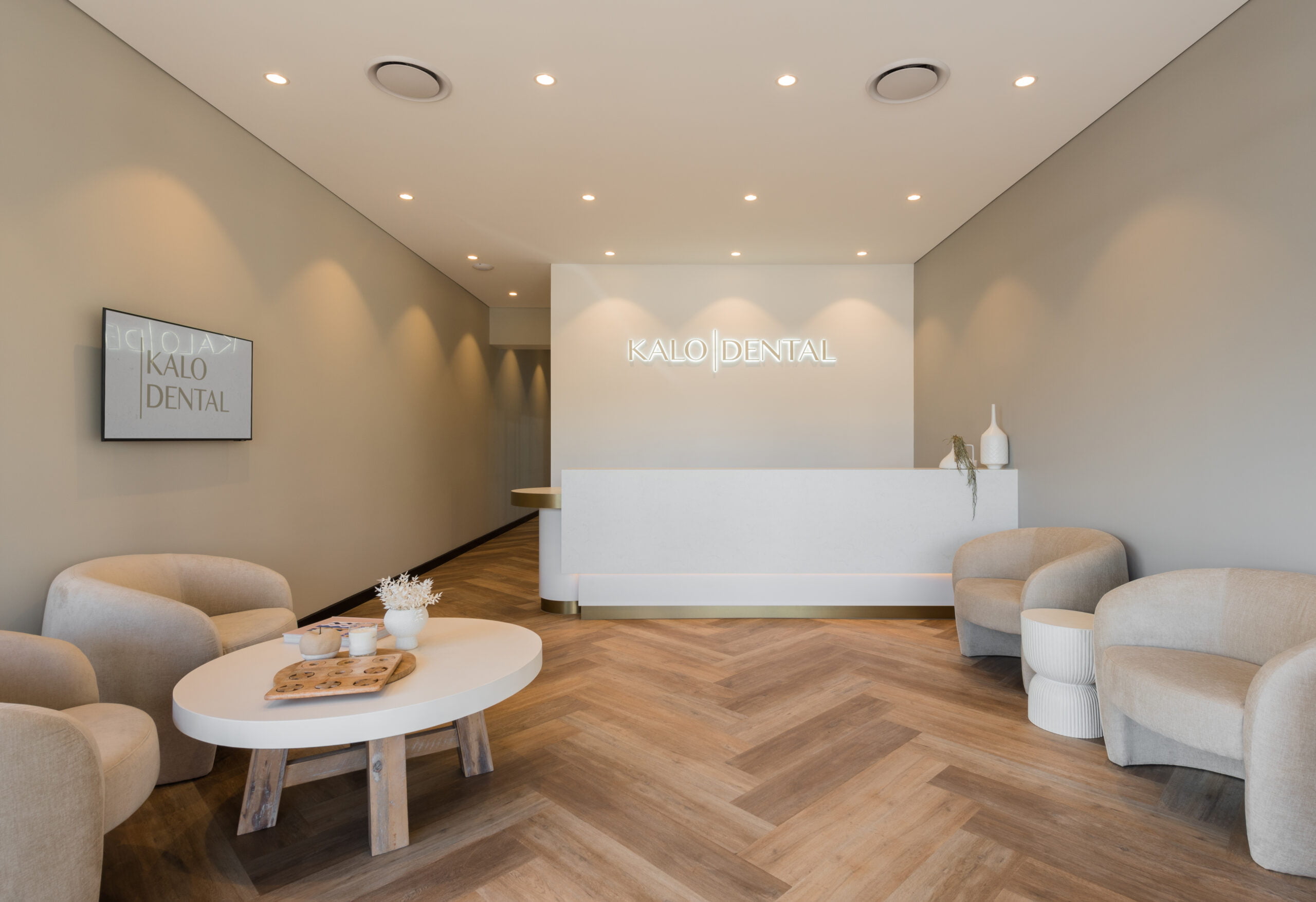1. NO BUSINESS PLAN
This normally is a fatal oversight. The Project Managers Institute of Australia have a fine motto which sums this up:
“If you fail to plan, you plan to fail”.
Preparing a business plan not only gives a budget and goals to work towards, it also reassures the bank that you understand business. A business like approach has not been always nesseccary in the past, but it is today.
2. LOW TOLERANCE TO RISK
Knowing your tolerance to risk a key aspect of your personality. Some people are better suited to taking and managing risks. Risk taking is part of life, we take a risk every time we get out of bed in the morning, but financial risks can be very unsettling for some people.
If you are moving into uncharted territory the first rule is to inform yourself and take small steps.
There are practice management courses, business coaches and mentors that can shine a light on the path ahead. A word of caution about accountants and solicitors; they can advise you on how to mitigate your risks but they can’t advise you if you should proceed with your plan or not. Only you can do that and you need to know yourself and your tolerance for financial stress.
3. DESIGNED BY STAFF
Your staff as end users may well have an opinion on what they prefer or not. Surprisingly we have seen a regular pattern of a senior nurse making clear objections to the design, only for her to leave shortly after the new practice is completed. It may be that change is just too difficult for some people and their difficulties are directed at the new proposals. There can be input from staff, but you as the practitioner should have the final say.
4. UNREALISTIC TIME FRAME
Yes we have heard of a practice completed in 10 days of non-stop 24 hr work. The dentist didn’t sleep at all for the last 3 days! Somehow it was billed as a triumph, but it seems to be a very unenviable position to be in. Within weeks the plumbing leaked, the shelving and joinery from IKEA fell apart and the electrical’s had to be redone. A commercial grade fit out takes time and commercial grade materials. Give yourself the opportunity to get it right. Take a day off each week to deal with the multitudes of decisions which need to be made. Your input is crucial. It is surprising how many times we have presented plans for $500,000 plus fit out at 7:30 at night when the practitioner is clearly exhausted.
5. DON’T DITCH THE BLING
In the final stages of the project it seems a common for a touch of panic to set in and ways to ‘trim the budget’ are explored. The easiest things to trim are special features, lighting, furniture or decorative items. These items might make up 10% of the budget but contribute to 80% of the look and feel of the practice. Try and resist the temptation to curtail the presentation of the practice as this is the part of the investment that will provide the returns you are hoping for.











